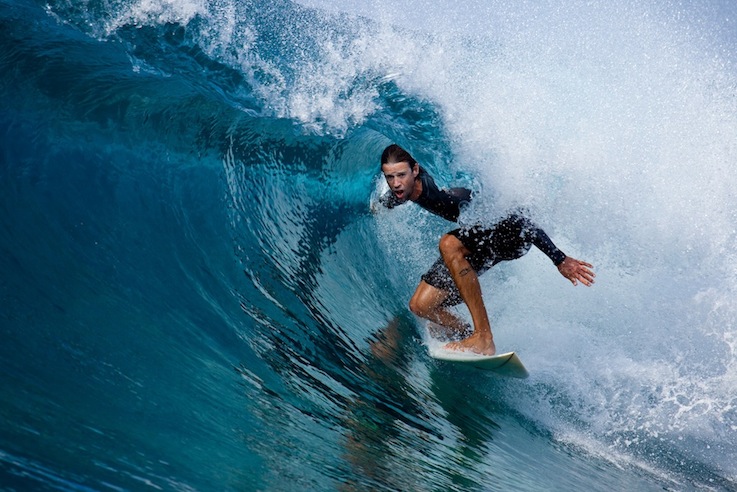Not all waves are created equal. There is a big difference between surfing a little swell and a legendary wave. People experienced with Fiji surf conditions always seem to find the best water, but how can someone new to the area know what to look for? That's easy: look for onions.
Look at a weather map. You see those lines of pressure? They are called isobars. Winds run from high pressure to low pressure and those winds create waves in the Fiji surf. The more closely the lines are to each other, the faster the winds are likely to be. The wind's speed, duration and fetch (the area of the sea the wind affects) all affect the quality of the waves you are going to see.
You want to find an area of very low pressure. You can spot these because they have a lot of isobars around them in concentric circles with a big L in the middle. The spots look very much like the inside of an onion, hence the name. What onions mean is a lot of fast wind, big swells, and great surfing. The best conditions are where an onion stalls and sits in the same place for days, churning the ocean into better and better waves.
Of course local conditions will affect this. You can't get good surfing just anywhere you have a patch of open water. Local geography affects the wind and swells, and can turn a particular area into a great surfing zone. There are a lot of terrific Fiji surf breaks around Namotu Island Resort due to the geography of the islands, which is why this is such a popular surfing destination.
Finally, annual weather patterns create general conditions that give predictable surfing conditions at certain times of year. The biggest surf in Fiji is found in the winter months from April through October. Fiji summers are calmer, though you still find great surf conditions especially for SUP surfing.
For more information check out our Fiji surf reports to find out the latest conditions, or ask our staff where the best surfing is on any given day.

